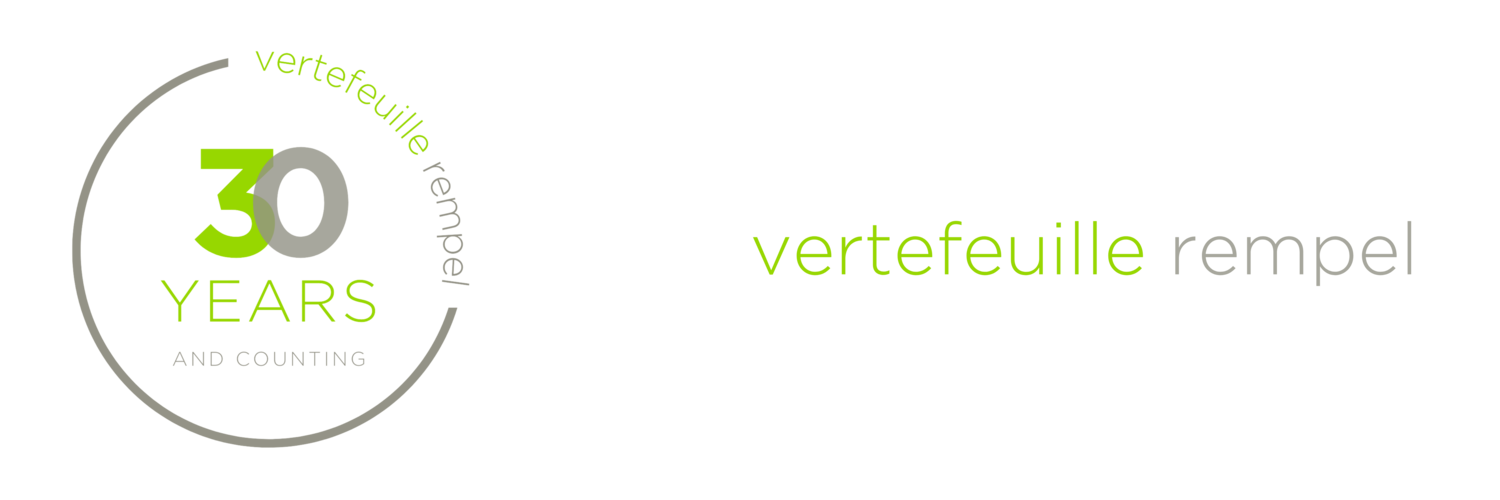4 Things You Should Know About Selling Property in the United States
If you own US property, there are a few things you should keep in mind before you sell. Just like in Canada, if you sell the property for more than you paid for it, you have a capital gain. What may come as a surprise though, is that your first tax obligation for the taxable gain is to the US, even though you are a Canadian resident.
If you are a Canadian resident, here are 4 things you should know about selling your property in the United States:
Foreign Tax
Most sale transactions will result in a US tax withholding of at least 15% of the proceeds. The amount withheld is often significantly higher than the actual US tax on the transaction should be. One way to reduce the withholding is to apply to the IRS for a withholding certificate (however, you may not have enough time for this while the transaction is occurring). The other option for recovery is to file a US tax return, reporting the disposition and the tax withheld. Filing this return can take some time to process, so we would recommend starting on this as early as possible. You will need a US accountant for this. Often your real estate agent or lawyer will have someone they work with frequently. If not, let us know and we will connect you with our US contact.
Canadian Tax
Even though the property is located outside of Canada, we are still required to report this disposition on your Canadian tax return in the year of sale. As Canadian residents, we pay tax on our worldwide income. Much like other types of capital gains, the taxable portion is still 50%. If the property was sold at a gain, there will be Canadian tax on the transaction. If it is sold at a loss, the loss is reported but does not offer any tax savings (because it is a personal use property).
We know what you are thinking here – we have to pay tax twice? And the answer is, no. The Canada-US Tax Treaty is setup to avoid double taxation. The Canadian system allows for a foreign tax credit based on the actual amount of US tax paid on the sale. So tax is paid to both US and Canada, but you receive credit for what is paid in the US first. The Canadian tax portion is the balance.
Note that since the Canadian tax calculation depends on the US tax actually paid, it’s important to get the US return filed as early as possible. CRA will generally ask for proof to support the foreign tax paid and this requires a US account transcript/assessment notice from both the Federal and State levels.
And just in case you haven’t mentioned this to us, if you are earning rental income while you are holding the property, this should be reported on your Canadian tax return annually.
Calculation of the Gain or Loss
When calculating the gain or loss on the sale, it’s important to convert the foreign currency using the rate in effect at the date of purchase and then the rate at the date of sale. Depending on the years and the exchange rates in effect, what sometimes initially appears as a loss can result in a gain. Which creates a bit of a tax surprise.
When considering the cost of the property, you will need the original purchase price as well as any capital improvements that were made during ownership. For the proceeds, these will be net of any sale related costs such as legal fees. All transactions should be tracked in the original currency and then converted on the appropriate dates.
Principal Residence
And finally, in case the gain is significant, a planning option to possibly reduce tax.
If you owned multiple homes during the same time period, we should consider which property would benefit the most from the principal residence exemption. Depending on the annual gain per year of ownership and the foreign taxes paid, it may be beneficial to designate some of the exemption to the US property sale. This will vary on a case -by-case basis. Always good to consider.
